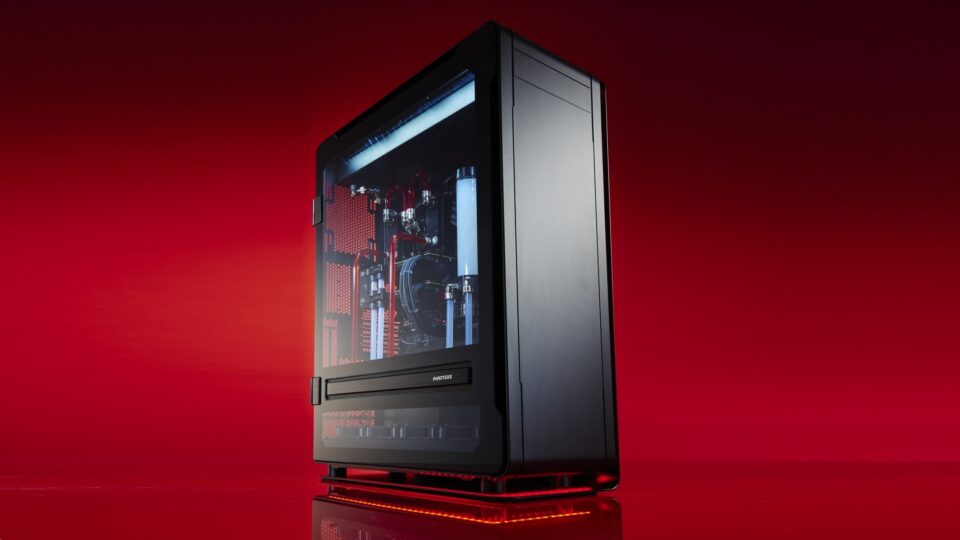Designing or customizing your own computer is one of the best ways to gain a deeper appreciation of technology. No amount of reading can replace hands-on and real-world experience. Not only do you gain a sense of pride and ownership from building something with your own two hands, but you also get to tailor-fit your computer to meet your needs and wants.
It’s one thing to say you want to build your own PC, it’s quite another to actually do it. The learning curve can be quite steep, even for people who have been using computers for years. And even if you’ve familiarized yourself with all the basic hardware components, you still have to deal with the actual assembly. What if the parts don’t fit? What if you mess up the installation? Will your computer even boot?
It’s important to remain calm and to keep things slow when working with hardware. Here are a few other things you need to know before starting a DIY computer project:
- Know why you’re customizing your computer
Before anything else, you need to know your number one reason for customizing a PC. Do you need a rig that can handle graphics-intensive work such as photo and video editing? Are you looking for a budget gaming machine? Or maybe you just want a simple setup for basic tasks.
Knowing how you are going to use your computer will inform your hardware and software choices down the line. You don’t need to spend a small fortune on high-end hardware if you’re just going to write documents and surf the Internet. Meanwhile, a 500-dollar budget might not be enough if you want to play the latest games.
- Choose the right CPU
The CPU is the heart of any rig, so you need to choose the right one carefully. You don’t want to end up with a CPU that can’t support your hardware selections or is too weak to run your applications. Spend some time reading up on CPU brands and models available on the market.
Intel is the traditional leader in the CPU market. Their processors are fast and reliable and are available in a wide range of configurations. However, they’re also quite pricey, especially if you’re going for an i7 or i9 chipset. Meanwhile, AMD’s processors have improved by leaps and bounds in recent years. They’re also more affordable than Intel chipsets. Once you’ve chosen a CPU, your next step is to choose a compatible motherboard.
- Check for compatibility
The reason why Macs are so popular is they run straight out of the box. Users just need to plug their Mac to an outlet and it will boot right away. One major downside is the lack of customization. While buyers can choose from a few hardware configurations, they’re limited to vendors that Apple has chosen to partner with. It also doesn’t help that the latest Macs aren’t user-repairable or upgradable.
Meanwhile, PC users have dozens of brands to choose from. However, you also need to check if the hardware components are compatible with each other. For instance, an Intel motherboard won’t play well with an AMD processor and vice versa. Assembling a computer is similar to a puzzle game, and you need to make sure that all the pieces fit together.
- Manage your cables
Anyone who’s used or worked with electronics knows how annoying cables can be. They tangle easily and keeping track of multiple cables in proximity can be a challenge. Every computer component comes with its own set of cables, and if you’re not careful, you could end up with a mess on your hands.
Make it a point to manage the cables before and during installation, not after. Tuck them in the right places and buy lots of clips and cable ties. You might even have to modify the enclosure to accommodate larger components such as the graphics card and the motherboard. Avoid having different cables touch each other and group similar ones together.
These are just some things you might want to consider before starting your DIY project. With some research and elbow grease, you can build your own rig in no time. Most importantly, remember to have fun. Computers aren’t supposed to be a chore, and while you might come across a problem or two, think of it as a puzzle you need to solve.

